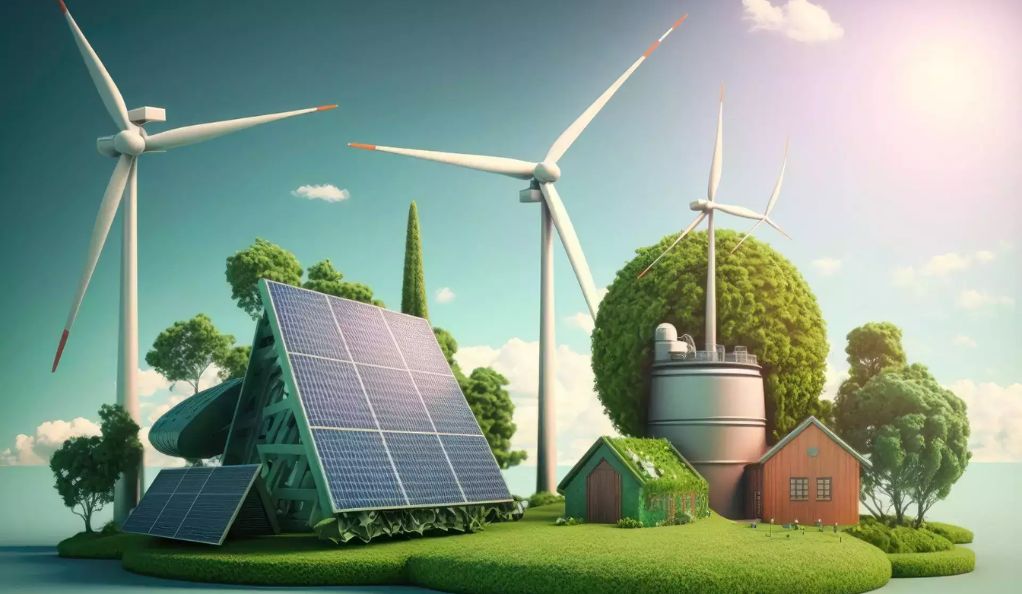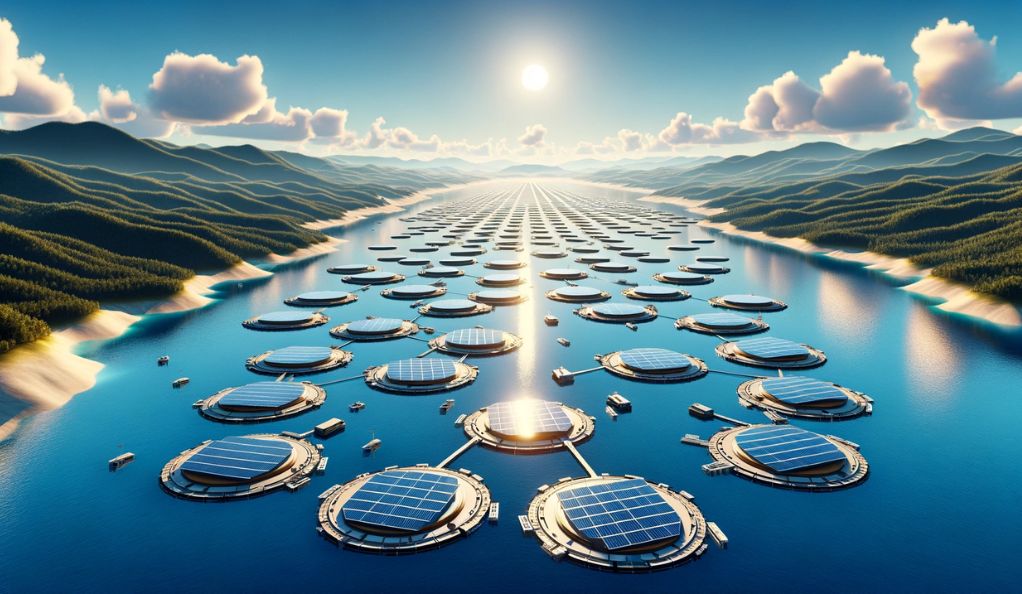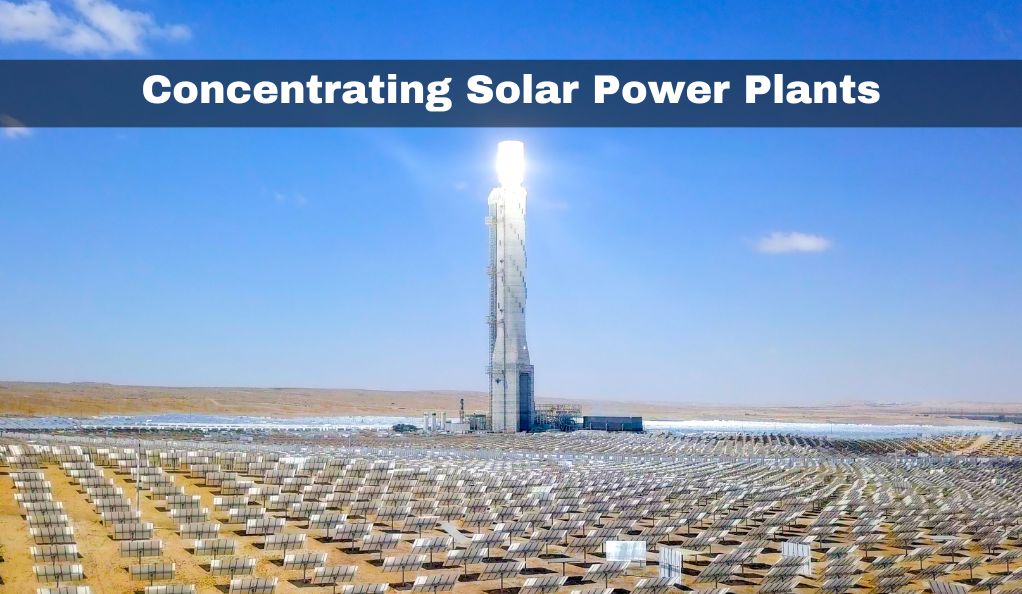As the world gravitates towards renewable energy, solar power stands out as a key player in this green revolution. Harnessing the sun’s energy to generate electricity presents an environmentally friendly alternative to fossil fuels, but it’s not without its own set of challenges, particularly when it comes to land use. This section delves into the overarching benefits of solar energy and underscores the critical role land use plays in its deployment.
The Benefits of Solar Energy
Solar energy, derived from the sun’s rays, is a clean, inexhaustible, and increasingly cost-effective power source. Unlike fossil fuels, it does not emit harmful greenhouse gases or other pollutants, making it a cornerstone in the fight against climate change. The growth of solar energy use worldwide is also a testament to its economic viability, with rapidly falling costs and technological advancements driving its adoption.
- Environmental Benefits: Solar power is significantly cleaner than traditional energy sources. By converting sunlight into electricity, it reduces reliance on fossil fuels, thereby cutting down on greenhouse gas emissions and air pollution.
- Economic Advantages: The solar industry has become a major job creator. With advancements in technology, the cost of solar panels has plummeted, making solar installations more accessible and affordable for residential and commercial users.
Significance of Land Use in Solar Energy Deployment

While solar energy is environmentally friendly, its deployment is not without land use concerns. Large-scale solar installations, particularly utility-scale solar farms, require substantial land areas. The way this land is used and managed is crucial to both the effectiveness of solar energy systems and the conservation of natural ecosystems.
- Land Requirements: Solar panel land needs vary; utility-scale PV systems require 3.5 to 10 acres per MW, while CSP needs 4 to 16.5 acres per MW.
- Ecosystem Impact: Large solar farms can harm ecosystems if not well-sited. Balancing clean energy and habitat preservation is crucial.
- Strategic Siting: Minimize impacts by choosing less sensitive lands like brownfields. Urban installations, e.g., on rooftops, reduce land concerns.
- Co-Use of Land: Agrivoltaics combines solar panels with agriculture, enhancing land efficiency, crop yields, and water use.
Environmental Footprint of Solar Panels
The environmental footprint of solar panels encompasses a wide array of factors, from land degradation and habitat loss to the impacts of their manufacturing process. Understanding these aspects is key to realizing the full environmental implications of solar energy and working towards more sustainable practices.
Land Degradation and Habitat Loss
One of the primary environmental concerns with large-scale solar farms is their potential impact on natural habitats and ecosystems. The land use demands of these installations can lead to habitat destruction, particularly in areas rich in biodiversity. For example, utility-scale solar projects can significantly alter land landscapes, affecting local flora and fauna. It’s important to assess and mitigate these impacts through careful planning and site selection.
- Impact Assessment: Prior to installation, detailed environmental impact assessments can help in understanding and mitigating potential negative effects on local ecosystems.
- Siting Strategies: Choosing locations with lower ecological value, such as degraded lands or brownfields, can reduce habitat loss. Additionally, integrating solar panels into the built environment (e.g., rooftops, parking lots) can further minimize these impacts.
The Manufacturing Process
The manufacturing process of solar panels also plays a role in their environmental footprint. This process involves the extraction and processing of raw materials, manufacturing of the panels, and their eventual disposal or recycling.
- Material Extraction: The extraction of raw materials, like silicon (used in photovoltaic cells), can have environmental impacts, including energy use and pollution. It’s crucial to source materials responsibly and promote sustainable mining practices.
- Energy Consumption: The production of solar panels requires substantial energy. However, the energy payback time—the time a solar panel takes to generate the amount of energy used in its production—is generally short, often within a few years.
- End-of-Life Management: Solar panels have a lifespan of about 25-30 years. Proper recycling and disposal of panels at the end of their life are vital to prevent environmental pollution.
| Aspect | Impact | Mitigation Strategy |
|---|---|---|
| Material Extraction | Resource depletion, habitat disruption | Sustainable sourcing, recycling of materials |
| Manufacturing Process | Energy consumption, emissions | Use of renewable energy in production, efficient manufacturing techniques |
| Disposal/Recycling | Waste generation, potential for toxic leakage | Development of recycling infrastructure, design for recyclability |
Comparing Land Use: Solar vs. Other Renewables
In the quest for sustainable energy, it’s crucial to understand how different renewable sources, such as solar, wind, and hydropower, compare in terms of land use. This comparison offers insights into the environmental impacts and spatial requirements of various renewable energy technologies, guiding decision-making for energy policy and development.
Solar Energy Land Use
Solar energy systems, especially large-scale photovoltaic (PV) and concentrating solar power (CSP) installations, require significant land area. The land use varies based on the technology and scale:
- Photovoltaic (PV) Systems: Utility-scale PV systems typically need about 3.5 to 10 acres per megawatt (MW) of power generation capacity.
- Concentrating Solar Power (CSP): CSP installations demand more space, typically between 4 and 16.5 acres per MW.
Wind Energy Land Use
Wind farms, on the other hand, have a different land use profile. They can be integrated into agricultural land, allowing for dual land use:
- Large Wind Farms: In cases like the Roscoe Wind Farm in Texas, the land between turbines is used for agriculture, making wind a secondary land use.
- Small Footprint: Dense wind farms, such as those in Romania or California, can have a small direct land footprint of around 8 m² per MWh.
Hydropower and Other Renewables
Hydropower’s land use impact varies greatly depending on the size and type of the facility. Small run-of-the-river plants have minimal land use impact, while large reservoir-based plants can inundate extensive areas.
Considerations in Land Use
When evaluating the land use of renewable energies, several factors need consideration:
- Dual Land Use: Technologies like wind and agrivoltaic solar systems offer the possibility of dual land use, combining energy production with agriculture.
- Ecosystem Impact: The impact on ecosystems and biodiversity is a critical consideration. Careful siting of renewable energy installations is essential to minimize negative impacts.
- Local Conditions: The suitability of a renewable energy source depends on local conditions, including climate, topography, and existing land use.
Innovative Approaches to Solar Installation
As solar energy technology evolves, innovative approaches to installation are emerging, addressing environmental concerns and maximizing efficiency. These advancements not only enhance the sustainability of solar energy but also open new avenues for land use, proving that innovation is key in the journey towards a greener future.
Agrivoltaics: Combining Agriculture and Solar Energy
Agrivoltaics, the innovative co-development of land for both solar photovoltaic power and agriculture, maximizes land utilization effectively. This integrated system enables simultaneous electricity generation and crop cultivation, fostering a mutually beneficial relationship. Solar panels provide shade, curbing water evaporation and enhancing crop yields. The microclimate created benefits certain crops by improving water balance and reducing temperature extremes.
Floatovoltaics: Solar Panels on Water Bodies

Floatovoltaics, the installation of solar panels on floating structures in water bodies like reservoirs and lakes, is another innovative approach. This method addresses land use concerns by utilizing water surfaces for energy generation.
- Reduced Evaporation: Floating solar panels can reduce water evaporation from reservoirs, a significant benefit in arid regions.
- Efficiency Gains: The cooling effect of water can improve solar panel efficiency.
- Environmental Impact: The potential impact on aquatic ecosystems is a consideration, and ongoing research is crucial to understand these effects fully.
Urban Solar Installations
Integrating solar panels into urban environments, like rooftops, parking lots, and highways, is a strategic approach to harness energy from already-developed land. Rooftop solar efficiently utilizes otherwise vacant spaces atop residential and commercial buildings. Solar carports and highway installations serve dual purposes, offering shelter or infrastructure while concurrently generating clean electricity, contributing to a more sustainable and energy-efficient urban landscape.
Challenges in Siting Solar Projects
Selecting appropriate sites for solar energy projects is a complex task, involving various environmental, economic, and social factors. The challenge is to balance the need for large, unobstructed spaces for solar installations with the imperative to protect natural habitats and minimize land use conflicts. This section discusses the dilemmas and strategies involved in siting solar projects.
Dilemma of Site Selection
The choice of location for solar farms is often a trade-off between optimal solar energy generation and the minimization of environmental and social impacts.
- Prime Agricultural Land vs. Marginal Lands: There’s often a contention between using high-quality agricultural land, which also tends to be ideal for solar installations due to its flatness and sun exposure, and less productive, marginal lands which might be more ecologically suitable but less efficient for solar power generation.
- Urban vs. Rural Settings: While urban settings offer the advantage of proximity to energy demand centers, they pose challenges in terms of space availability and higher costs. Rural areas, offering ample space, can lead to concerns about land use change and habitat disruption.
Strategies for Minimizing Land Use Impact
Several strategies can be employed to address these challenges, ensuring that solar projects are both environmentally sustainable and socially acceptable.
- Brownfield Sites: Utilizing previously developed land, such as abandoned industrial sites, can prevent the disturbance of natural habitats and agricultural land.
- Dual Use of Land: Concepts like agrivoltaics allow for the combined use of land for both solar energy generation and agriculture.
- Community Involvement: Engaging local communities in the planning process can help in identifying suitable sites and mitigating social impacts.
Environmental and Social Impact Assessments
Conducting thorough Environmental and Social Impact Assessments (ESIAs) is essential to pinpoint the potential effects of solar projects on nearby ecosystems, communities, and economies. Ecological surveys help evaluate the project’s impact on local wildlife, flora, and ecosystems, while a social impact analysis assesses implications for communities, such as job opportunities, land rights, and community benefits. These assessments are vital for sustainable and responsible solar project development.
Solar Energy and Water Use Considerations
The relationship between solar energy and water use is a crucial environmental consideration. While solar panels themselves do not consume water during electricity generation, the overall footprint of solar energy in terms of water use, particularly in the manufacturing process and in certain types of solar power plants, needs careful examination.
Water Use in Solar Panel Manufacturing
The manufacturing process of solar panels involves water, primarily in the purification of silicon and the cleaning of the finished products. However, the amount of water used can vary based on the technology and practices of the manufacturing facility.
- Silicon Purification: This process can be water-intensive, but advancements in technology are reducing the water footprint.
- Cleaning of Panels: Ensures the efficiency and longevity of solar panels.
Concentrating Solar Power (CSP) Plants

Concentrating Solar Power (CSP) plants, employing mirrors or lenses to focus sunlight onto a small area, differ in water requirements from photovoltaic systems. CSP plants frequently need water for cooling, and the selection of a cooling system (wet, dry, or hybrid) plays a crucial role in determining water usage. In regions with limited water resources, it’s worth noting that CSP plants using wet-recirculating technology can withdraw approximately 600 to 650 gallons of water per megawatt-hour of electricity produced.
Minimizing Water Use
Innovations and strategic choices can help reduce the water footprint of solar energy.
- Dry Cooling Technology: This technology can reduce water use in CSP plants by about 90 percent, though it may come with trade-offs in terms of cost and efficiency.
- Water Recycling: In manufacturing, water recycling systems can significantly reduce water demand.
Conclusion
In embracing solar energy, it’s imperative to balance environmental sustainability with efficient land and water use. Innovations in solar technology, such as agrivoltaics and floatovoltaics, along with strategic siting and community involvement, are key to mitigating environmental impacts. As solar power continues to evolve, it remains a cornerstone of renewable energy, offering a path to a cleaner, more sustainable future. The continuous advancement and responsible deployment of solar technologies will be crucial in meeting our global energy needs while preserving our planet’s ecological balance.
